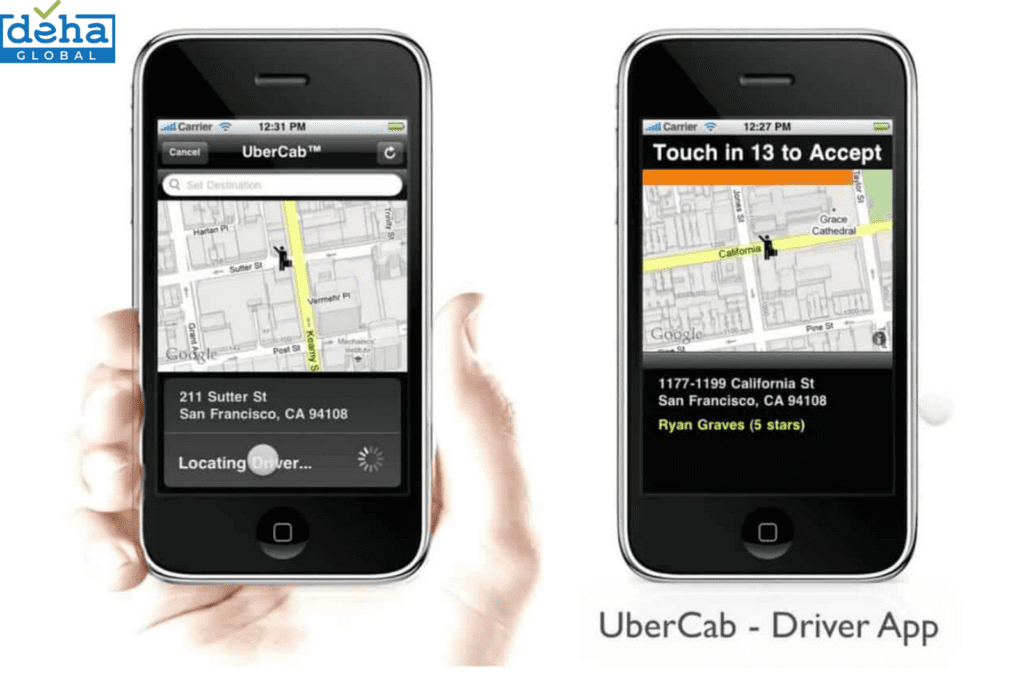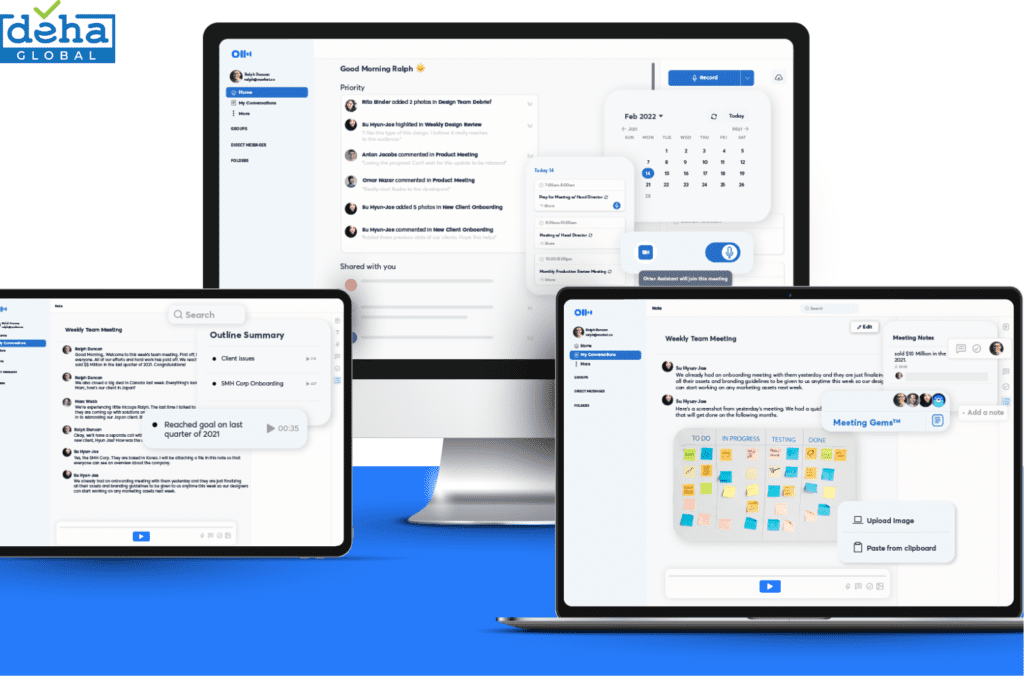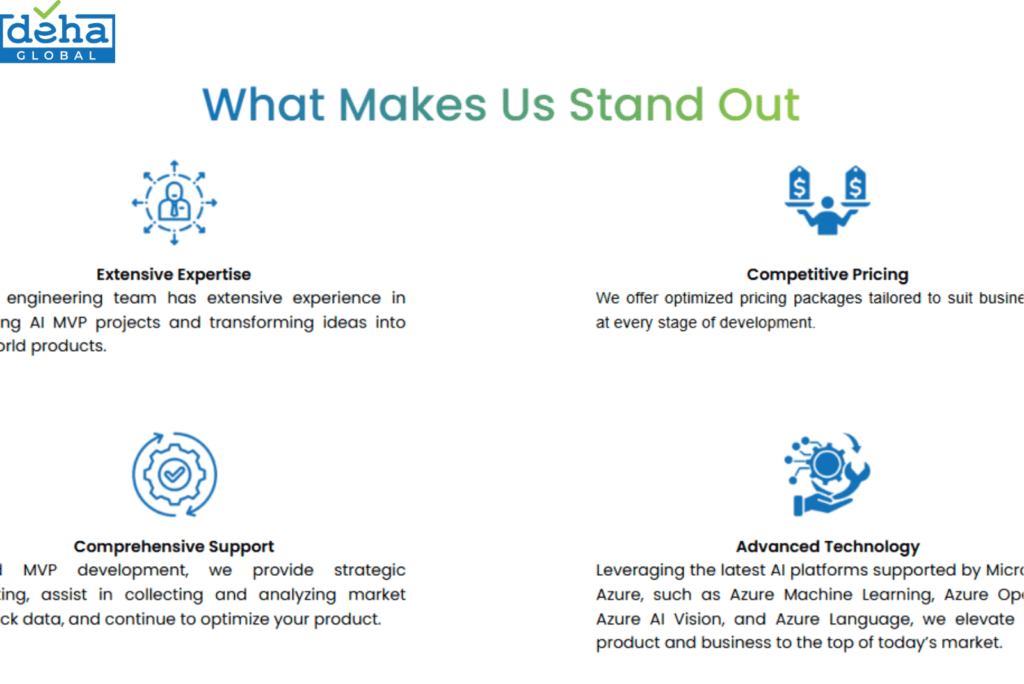Top 5 Effective Strategies To Build Smart AI MVP
March 27, 2025


As the competition is getting intense in the marketplace, creating a Minimum Viable Product (MVP) with AI capabilities is a smart move to test ideas quickly and meet user needs swiftly. By integrating AI into MVPs, businesses can offer more personalized and efficient solutions, giving them a competitive edge. However, building an AI-driven MVP requires careful planning and execution.
This article explores the top 5 effective strategies to develop AI-driven MVPs and a clear methodology to help you easily set up the proper AI MVP. If you’re having trouble building an AI MVP from scratch, this article is for you.
An AI-driven Minimum Viable Product (also known as AI MVP) is a prototype incorporating essential artificial intelligence features to address specific user needs and gather feedback for future development. This approach allows businesses to validate their AI concepts with minimal investment, reducing risks associated with full-scale product launches.
Example:
A notable example of an AI-driven MVP is Uber’s initial app, which connected drivers with iPhone users in San Francisco who were willing to use credit card payments. This simple application effectively validated the concept of on-demand ride-sharing, leading to Uber’s expansion into a global service. Today, Uber operates in over 900 metropolitan areas worldwide, completing approximately 19 million daily trips.

Uber’s initial app – Example of an AI-driven MVP
Building a smart AI Minimum Viable Product (MVP) involves strategic planning and execution. Here are five key strategies to guide you through the process:
With this strategy, you can begin by pinpointing the specific problems your AI MVP aims to address. This clarity ensures that your development efforts are aligned with real user needs, increasing the product’s relevance and potential success. Moreover, well-defined objectives serve as a roadmap, guiding your team through development.
How to apply this strategy:
Example: Chime, a fintech company, developed an AI-driven feedback system to enhance customer satisfaction. This approach led to a 25% increase in customer satisfaction and a 15% reduction in fraud-related issues.
Utilizing pre-built AI tools and frameworks can significantly accelerate your MVP development. These resources enable the integration of advanced functionalities without initial development, thereby saving time and resources. Consequently, you can focus more on customizing features that differentiate your product.
How to apply this strategy:
Example: Alta, an AI startup, utilized existing AI frameworks to automate sales tasks, leading to rapid development and deployment. This strategy contributed to Alta securing $7 million in seed funding.
Adopting an iterative development approach enables you to refine your AI MVP based on honest user feedback. By releasing early versions, collecting insights, and making necessary adjustments, you ensure the product evolves to meet user expectations. This continuous learning cycle enhances the MVP’s adaptability and effectiveness over time.
How to apply this strategy:
Example: Otter.ai, a transcription service, employs iterative development to refine its AI capabilities, resulting in a user base of nearly 20 million.


Otter.ai, a transcription service
High-quality data is the foundation of any AI application. Ensuring that your data is accurate, relevant, and secure improves the performance of your AI models and builds trust with your users. Implementing robust data management and security protocols is essential in this regard.
How to apply this strategy:
Example: OpenAI’s platform enables businesses to create their own AI agents, emphasizing the importance of data quality and security in development.
Involving diverse teams—such as AI specialists, domain experts, and end-users—in the development process fosters innovation and ensures that multiple perspectives are considered. This collaboration leads to a more comprehensive and user-centric AI MVP. Additionally, it facilitates smoother integration of various components, enhancing the product’s overall functionality.
How to apply this strategy:
Example: AvatarOS, a startup in the virtual influencer market, collaborated with experts in AI and animation to develop lifelike avatars, securing $7 million in seed funding.


By implementing these strategies, you can effectively develop a smart AI MVP that meets user needs and positions your product for success in the market.
Building an effective AI MVP involves a structured methodology that ensures alignment with business goals and user needs. Here’s a comprehensive approach:
This initial stage focuses on understanding the problem that needs solving and identifying the target audience. The process involves conducting thorough market research and engaging with potential users to gather insights, which helps define the AI MVP’s objectives and ensures alignment with user needs.
Once the problem and audience are apparent, the next step is to outline the project’s scope and define the core features of the AI MVP. This phase includes setting measurable goals, timelines, and resource allocation and providing a structured roadmap for the development process.
With a solid plan, the development team begins building the AI MVP, focusing on the essential features identified earlier. Utilizing agile methodologies allows for flexibility and iterative progress, ensuring the product evolves based on continuous feedback and testing.
After development, rigorous testing is conducted to identify and fix any issues or bugs. This phase ensures that the AI MVP functions correctly and meets the predefined quality standards, ultimately leading to a more reliable and user-friendly product.
Once testing is complete, the AI MVP is released to a select group of users or the broader market. This stage involves monitoring the product’s performance in real-world scenarios, allowing the team to gather valuable user feedback and assess the MVP’s impact.
Based on the feedback and data collected during deployment, the final stage focuses on refining and improving the AI MVP. This iterative process may involve adding new features, enhancing existing ones, or making necessary adjustments to meet user expectations and market demands better.
By following this structured methodology, businesses can effectively develop AI-driven MVPs aligned with their objectives and user needs, increasing the likelihood of success in the market.
DEHA Global offers specialized AI MVP Development Services designed to transform your innovative ideas into functional AI-driven products. Some of the key services in DEHA AI MVP product lines include:


DEHA AI MVP Development Services
How DEHA Global Assists in Building AI MVPs:
DEHA Global’s comprehensive approach ensures businesses can efficiently bring their AI ideas to life. By offering end-to-end services—from initial consultation to development, testing, and optimization—they provide the necessary support to navigate the complexities of AI product development. Their expertise helps mitigate risks, enhance product quality, and improve market readiness, making them a valuable partner in building AI MVPs.
Integrating Artificial Intelligence (AI) into Minimum Viable Products (MVPs) is crucial for developing intelligent, user-centric solutions that meet evolving market demands. Businesses can use the above strategies to make AI-driven MVPs that work well with their operations. For example, they can set clear goals, use existing AI tools, use iterative development, ensure data quality, and encourage collaboration across departments.
Ensure you have noted our suggested strategies and methodology to apply effectively later in your AI MVP-building process.